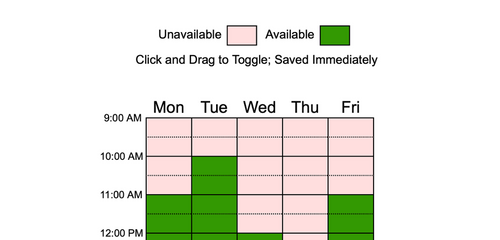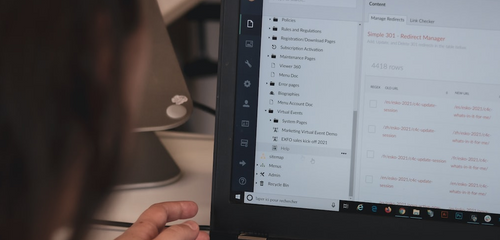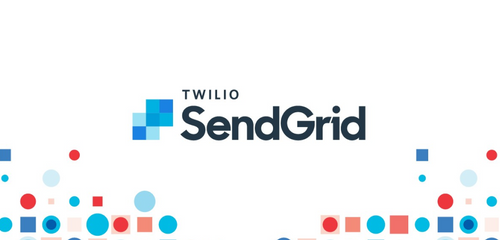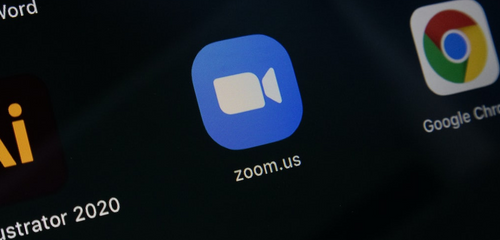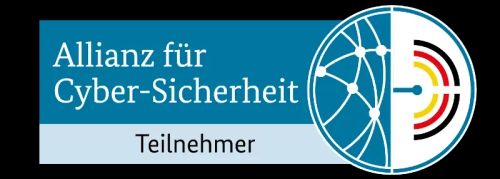Your New Secret Weapon is Here!
In the digital age, it is important to automate processes and manage data efficiently. This is where Zapier comes into play - a platform that allows different apps to be linked together, thus saving time and effort. But can companies that must comply with the General Data Protection Regulation (GDPR) use Zapier without hesitation? This question will be examined in more detail below.
First, it will explain what Zapier is and how it works. Then it will consider how the platform can meet the requirements of the GDPR. Alternatives to Zapier will be presented and it will be examined how Zapier can be integrated with well-known tools like HubSpot and Salesforce. Finally, frequently asked questions on the topic will be answered and a recommendation for the right solution will be given.
What is Zapier and how does it work?
Zapier is a web-based tool for automating tasks and connecting over 3,000 applications. It works by creating "Zaps", which trigger an action in one application and provoke a reaction in another application.
For example, a Zap can be created that sends a notification in Slack when a new ticket has been created in Zendesk. Zapier can also synchronize data between applications, such as adding contacts from a Google Form to a Mailchimp list.
Zapier is also a low-threshold tool that is easy to use even for those who are not technically savvy. This allows users without programming knowledge to create automations quickly and easily.
Zapier and GDPR: Complying with Data Protection Regulations
When you use Zapier to exchange data between different apps, you must ensure that you comply with the data protection regulations of the GDPR. Below are important points to consider:
- You must have a legal basis for processing personal data. This can either be the consent of the person concerned or another legal basis such as legitimate interests or contract fulfillment.
- You must ensure that the data is processed only for the purpose for which it was collected.
- You must ensure that the data is adequately protected and not passed on to third parties unless there is a legal basis for doing so.
- You must ensure that personal data is not stored longer than necessary for the purpose for which it was collected.
If you use Zapier to process personal data and exchange it between different apps, you must ensure that you comply with the data protection regulations of the GDPR.
Zapier and GDPR: Data Processing Agreement
If you use Zapier to process personal data, you must ensure that you have concluded a data processing agreement (DPA) with Zapier. This agreement regulates how Zapier may process personal data and what security measures must be taken to adequately protect the data.
A DPA is important because you as the controller are liable for the processing of personal data if the data protection regulations are not complied with. If you conclude a DPA with Zapier, you ensure that Zapier also complies with the data protection regulations and that you are legally protected.
Zapier and GDPR: Transparency and Information Obligations
If you process personal data, you must ensure that the persons concerned are informed about the processing. This means that you must provide the persons concerned with a privacy policy in which you indicate which personal data is processed, for what purpose and on what legal basis.
If you use Zapier to process personal data, you should ensure that you indicate in your privacy policy that you use Zapier as a third-party provider and which personal data is transmitted to Zapier.
Zapier and GDPR: Technical and Organizational Measures
If you process personal data, you must ensure that appropriate technical and organizational measures are taken to adequately protect the data. This means, for example, that you must restrict access rights, use passwords and regularly create backups.
If you use Zapier to process personal data, you should ensure that you have taken appropriate technical and organizational measures to adequately protect the data. Zapier also takes various security measures itself to protect the data.
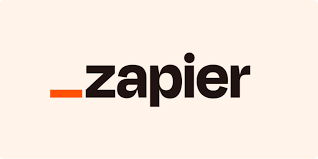
Alternatives to Zapier: What tools are available?
Zapier is a popular tool for automating tasks and processes. However, there are also other platforms that offer similar functions. In this section, we will take a look at some of the best alternatives to Zapier.
Nativ.io
Nativ.io is an emerging platform for marketing task automation. It provides a user-friendly interface that makes it easy to create workflows. The built-in AI technology allows for automatic customer segmentation and the creation of personalized campaigns. Nativ.io is also GDPR-compliant and offers secure data processing.
Automate.io
Automate.io is another popular alternative to Zapier. It offers a wide range of integrations, including Slack, PayPal, Facebook, and Google Sheets. Automate.io also provides a user-friendly interface and custom actions to optimize automation.
Ifttt.com
IFTTT stands for "If This Then That" and uses triggers and actions to create workflows. It offers a wide range of integrations and is GDPR-compliant. IFTTT may be less robust than Zapier or Automate.io, but it is a great tool for simple automation tasks.
Zapier and well-known tools: Integration with HubSpot, Salesforce, and more
Zapier is a powerful tool that allows you to automate and connect hundreds of applications. Some of the popular applications that can be integrated with Zapier include HubSpot, Salesforce, Trello, Mailchimp, Google Sheets, and Slack.
Integration with HubSpot enables you to automatically create new contacts, send emails, create tasks, and much more. Salesforce integrations allow you to automatically create leads, update deals, send emails, and even create related list objects.
Integration with Trello allows you to automatically create Trello cards, create new cards, or delete cards from a list. You can also automatically add or remove members from a board or card. Integration with Mailchimp allows you to automatically add subscribers to your email list, send emails, and more.
Zapier can also be integrated with Google Sheets and Slack. With Google Sheets, you can automatically update data, create spreadsheets, update cells, and much more. Zapier integrations with Slack allow you to send messages, create notifications, and even automatically create new channels.
The integration of Zapier with these applications is simple and quick. With a few clicks, you can set up specific automations that help you save time and optimize your processes.
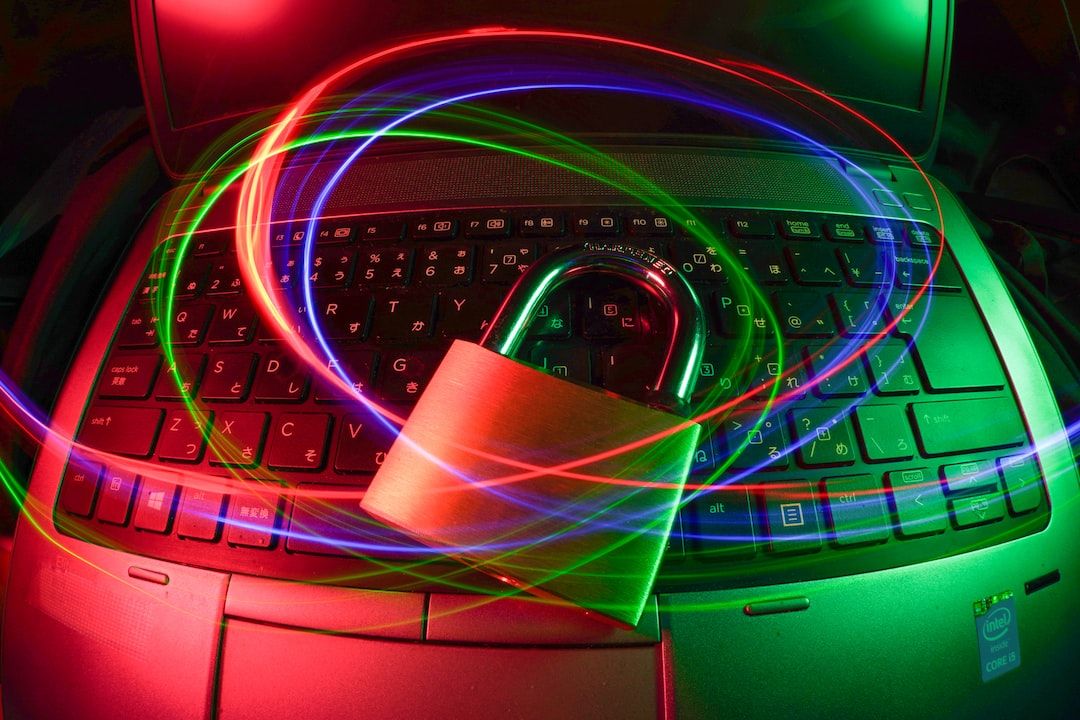
Zapier and GDPR: Data Protection when Using Zapier
Zapier offers potential benefits for companies looking to automate their workflows. In particular, the integration of various tools facilitates team collaboration and saves time. However, companies must ensure compliance with European data protection regulations when using Zapier. Below are some important questions and answers to consider when using Zapier and complying with GDPR.
What responsibilities does a company have when using Zapier?
As a Zapier user, the company is responsible for ensuring that personal data is handled in accordance with the GDPR. The company must obtain the necessary consent from the individuals involved and ensure that the data is processed only for the explicitly stated purpose. The company must also ensure that personal data is not disclosed to third parties without authorization.
How does Zapier store personal data?
Zapier only stores personal data for as long as necessary for the purpose for which it was collected. Once the data is no longer needed, it is automatically deleted. Zapier also ensures that personal data is transmitted and stored encrypted.
How can a company ensure GDPR compliance when using Zapier?
A company can ensure GDPR compliance when using Zapier by taking certain measures. Here are some tips:
- Create a privacy guide for using Zapier and ensure that all employees are informed about it.
- Ensure that consent from individuals is obtained for the use of their personal data.
- Avoid transferring sensitive personal data via Zapier.
- Use only the most secure integrations with Zapier that guarantee a secure connection and data encryption.
How can a company delete all personal data stored through Zapier?
To delete all personal data stored through Zapier, a company can manually delete the data in its Zapier account or send a request to Zapier to delete all data. Zapier will respond to such a request within 30 days.
How can a company ensure that Zapier is suitable for its industry and company size?
Before using Zapier, a company should review Zapier's privacy policies and ensure that Zapier is suitable for its industry and company size. It is also advisable to ask other companies in the industry that use Zapier to gather their experiences. Alternatively, the company can consult a privacy and compliance expert to ensure GDPR compliance.
Zapier or alternatives: Which solution is right?
Zapier is a powerful tool that helps users automate data between different applications. However, it is not the only option on the market when it comes to process automation. While Zapier is generally considered reliable and secure, there are some alternatives to consider. Here are some of the well-known alternatives to Zapier:
- Integromat: Integromat offers similar automation capabilities and integrates with various applications.
- Microsoft Power Automate: Formerly known as Microsoft Flow, Power Automate provides automation features and integrates well with Microsoft products.
- Tray.io: Tray.io is an integration platform that allows for complex automation workflows and custom integrations.
When it comes to choosing between Zapier and its alternatives, it mainly depends on individual requirements. Zapier may be the best choice for smaller companies with limited data volumes and simple automation needs, while larger companies may prefer alternative solutions that offer more extensive features and integration capabilities. It is worth conducting thorough research to find the best solution for specific needs.
Zapier and GDPR: FAQ
Here are some frequently asked questions regarding the use of Zapier in compliance with GDPR.
How can I ensure that Zapier is GDPR compliant?
Zapier has a dedicated page explaining its compliance with GDPR. The page provides a summary of the steps Zapier takes to comply with GDPR and outlines the legal bases for processing personal data.
Who is responsible for GDPR compliance regarding Zapier?
As a user of Zapier, you are responsible for GDPR compliance. This means you need to ensure that any processing of personal data is done in accordance with the provisions of the GDPR.
What personal data does Zapier store?
Zapier only stores the personal data necessary for the successful operation of the service. This includes name, email address, IP address, and usage data. However, Zapier guarantees that the data will never be sold or shared with third parties.
How can I ensure that my data is protected when using Zapier?
You can ensure the protection of your data by using strong passwords, enabling controls for accessing data from third-party providers, and ensuring that you only transmit the personal data necessary to fulfill the purpose.
What happens if GDPR changes?
Zapier is committed to ensuring that its privacy policies are always up to date. If GDPR changes, Zapier will update its privacy policies to ensure compliance with the latest requirements.
Your New Secret Weapon is Here!










